Description
A blend of wildflowers that are not preferred food sources for deer or are resilient to being foraged. In times of weak grazing, deer may still nibble on these plants, but the contents of Deer Resistant wildflower seeds were chosen for their resilience to deer. Great for planting on the Gulf Islands and BC Interior, where deer can be a real nuisance. The mix will also work in any other North American setting, attracting pollinators like bees and butterflies, but foiling marauding deer. Recommended rate of application: 115g per 1,000 square feet.
Annuals (A), Perennials (P), and Biennials (B)
5g (covers approximately 43 sq.ft.)
Season & Zone
Exposure: Full sun to partial shade, depending on the blend
Timing
Try to direct sow wildflower seeds during the period two weeks before, and eight weeks after, your last average frost date. Sowing when there is some risk of minor frost may improve germination. Wildflower seeds can also be sown in the autumn, but a certain percentage of seeds to may be lost to water, birds, and animals. To make the most of the annual species, direct sow in early spring.
Starting
Site Selection: If there are already no plants (including weeds) growing in the planting site, there may be a problem with the soil. Possible issues may be soil fertility, lack of drainage, or the need for soil amendments to improve texture. In such spots (eg, beneath a cedar tree), few plants will thrive, including wildflowers.
Site Preparation: Remove as much existing vegetation as possible through pulling or tilling under in order to minimize competition. Loosen the soil by scraping, raking, or tilling. Wildflower blends will not usually take if planted into existing lawn because the thatch prevents their contact with soil.
Seed Application: In small areas, seeds can be scattered by hand. In larger areas, you may want to employ a lawn spreader or some other mechanical means. We recommend adding 1-2 parts clean, dry sand to 1 part wildflower seeds which will help the seeds spread evenly. Do not use beach sand, as it usually contains salt. It may be wise to spread most of the seed, but to save some for filling in bald spots at a later date. Seeds must come into contact with the soil in order to germinate. Do not bury seeds more than 2-3 times their thickness.
Planting rates: Aim for a planting density of 70 seeds per square foot. 90g of seeds will cover 1,000 ft². Use 4kg per acre. 500g covers about 5,500 ft². If seeding an area where site preparation and weeding are not possible, double this rate.
Growing
Keep the seeded area as evenly moist as possible to help the seeds germinate and the young seedlings become established. Weeds need to be kept under control. Once they are growing, most mixes will not require additional water except in long periods of hot, dry weather. All of our mixes should re-grow for several years, but will eventually benefit from re-seeding. In late summer, many of the components will produce seed heads that can be harvested and replanted the following spring.
About West Coast Seeds
West Coast Seeds was founded in 1983 in Vancouver, British Columbia. Our purpose is to source and supply seeds of a higher quality than have been available to home gardeners. Following the traditions of organic farming and gardening, untreated and certified organic seeds are our focus. West Coast Seeds is certified by the Pacific Agriculture Certification Society (Certification number 16-205).
SHIPPING
Orders placed before 2pm CST (Central Standard Time) Monday to Friday will be shipped out within 3 business days after we receive your payment. Orders placed on weekends or holidays will be processed out the next business day.
Conditions beyond our control may cause delays in delivery time (weather, strikes, etc.). Shipping time is thus not guaranteed. Should a significant delay occur, please contact us at shop@shelmerdine.com or by calling 1-888-895-0032. Any errors or incomplete addresses can cause additional delays.
Should the delivery take longer than expected, we will notify you. Once the order has been shipped, the delivery time and the choice of carrier are based on the destination.
Is it possible to have my order delivered to another address than my own?
Yes, you can choose a different shipping address than the one from the billing address. You may only ship to one address per order. If your order contains gifts or items that require shipping to multiple locations, you will need to place separate orders for each address.
ORDER TRACKING
Once an order has shipped, we’ll send you an e-mail with the tracking number. Just click on the link to take you to the carrier’s website to track the progress of your shipment. It may take 72 hours for your tracking number to be activated on our carrier’s site.
We do our best to ensure your items arrive in perfect condition. However, in the unlikely event that your box arrives in a damaged condition, please accept the delivery and contact us at shop@shelmerdine.com or by calling 1-888-895-0032 so that we can assist you.
Please note that if you refuse your order, or any part of it without our authorization, you will be responsible for all return shipping charges.
RETURNS
For purchases made online, we must receive your returned item(s) within 30 days from the date of shipment to be eligible for a refund. To be eligible for a return, your item must be unused and in the same condition that you received it. It must also be in the original packaging.
You can return your item(s) in one of two ways:
1) Within 30 days, return your item(s) to our store location at 7800 Roblin Blvd, Headingley, Manitoba. Simply go to the cash desk, provide them with the item and your packing slip and/or receipt, and they will process the return to your original method of payment.
2) If you’re unable to visit our store you can also send your items directly to us by mail. You will be responsible for paying for your own shipping costs for returning your item. If you are shipping an item over $75, you should consider using a trackable shipping service or purchasing shipping insurance. The value of goods will be refunded to your original method of payment within 3 business days of our receipt of returned goods. The original shipping charges are non-refundable.
Mail your item(s) to:
Shelmerdine Garden Centre Ltd
Attention: Returns
7800 Roblin Blvd
Headingley, MB R4H 1B6
RETURN POLICY FOR INDOOR PLANTS:
Once they have left our care, indoor plants, flowering plants, Bonsai, air plants, patio tropicals and citrus are not warrantied. Indoor plants can be returned within 14 days for store credit. No refunds. If returning your plant in temperatures below 10 degrees Celsius, kindly wrap it for the trip back to us. (A garbage bag or the paper it was wrapped in will suffice).
RETURN POLICY FOR OUTDOOR PLANTS:
Once they have left our care, annuals, perennials, sod, and hobby plants are not warrantied. No refunds. If perennials, trees and shrubs are returned within 14 days a full refund will be given, or if returned within 15-28 days a store credit will be given.
WARRANTY INFORMATION FOR HARDY TREES & SHRUBS:
All Zone 2 and 3 plant material is guaranteed to live for 1 year or, with the purchase of Myke, for 5 years from the date of purchase (some exceptions apply). Plants will be replaced for equal dollar value one time only. All warranty returns must be accompanied by the dead plant and receipt. No Refunds. Damage caused by flooding, hail, neglect, animal damage or natural disasters is not covered by warranty. No overwinter guarantee on perennials.
RETURNING GIFTS
If the item was marked as a gift when it was purchased and shipped directly to you, you can return the gift using either method listed above. Returns of gifts must be accompanied by the Packing Slip included in your gift. Whether returned in store or via mail, you’ll receive a Shelmerdine Gift Card for the value of the returned item, less the original shipping charges.
If the item was not marked as a gift when purchased, or if the gift giver had the order shipped to themselves to give to you later, the gift giver will receive a refund for the returned goods less the original shipping charges.
FASHION
Apparel, footwear, hats, purchases, jewelry and accessories returned within 21 days will be refunded onto a Shelmerdine Gift Card. All earrings, swimwear, and undergarments are FINAL SALE. For all other items, to be eligible for an exchange or Gift Card, the merchandise must be returned unworn, unaltered and unwashed with original tags attached. Items without original tags attached are non-refundable. You must have the online sale invoice to return fashion.
Red stickered fashion is considered final sale.
FINAL SALE ITEMS
Gift Cards are non-refundable, non-exchangeable and non-replaceable if lost or stolen. We are unable to accept items that are purchased on Final Sale for return or exchange. Unsealed food products, bath & body products, earrings, and undergarments cannot be returned or exchanged.

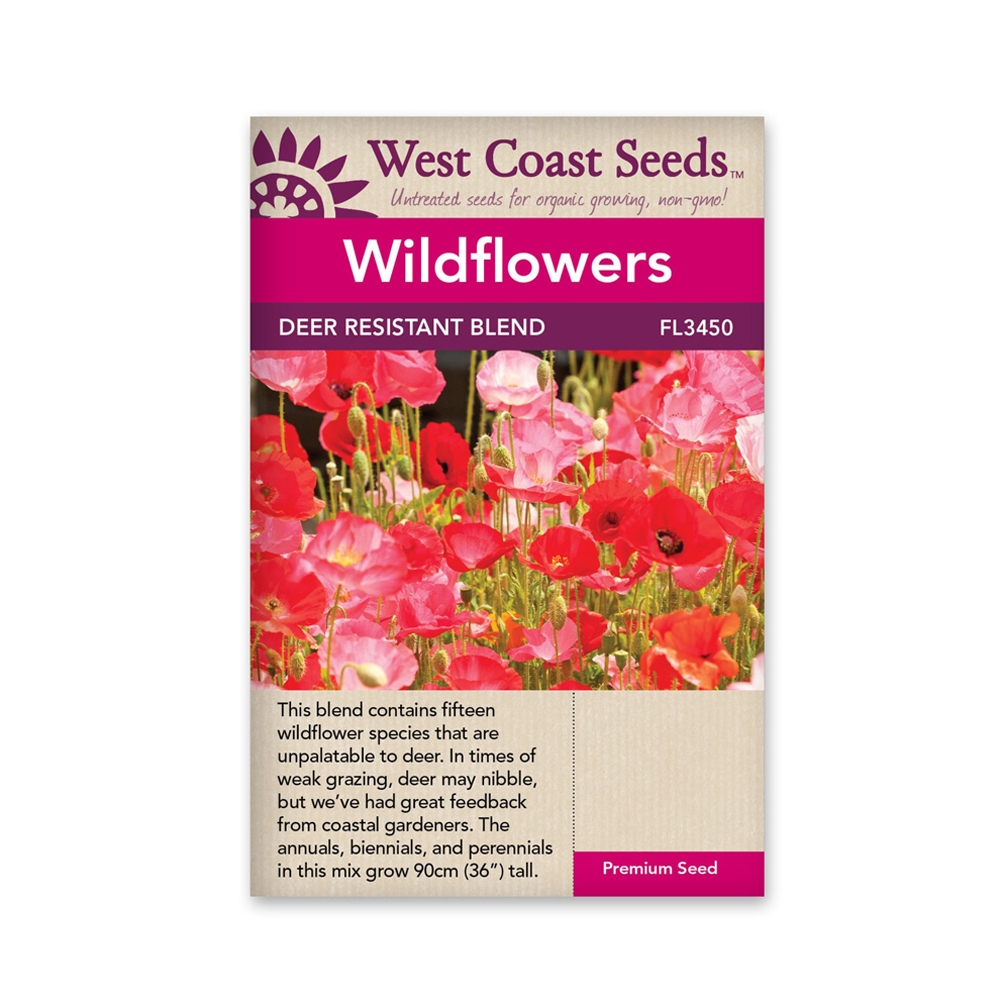
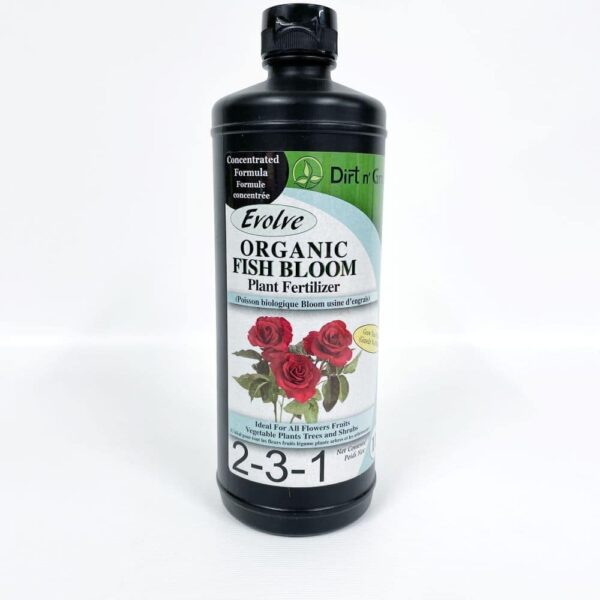
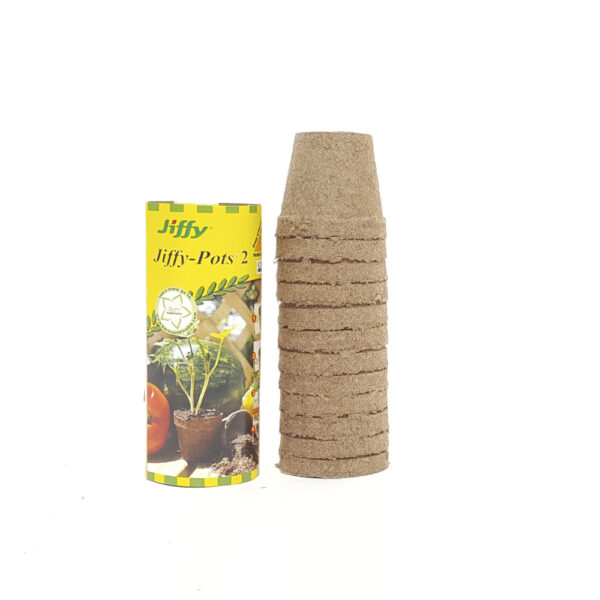
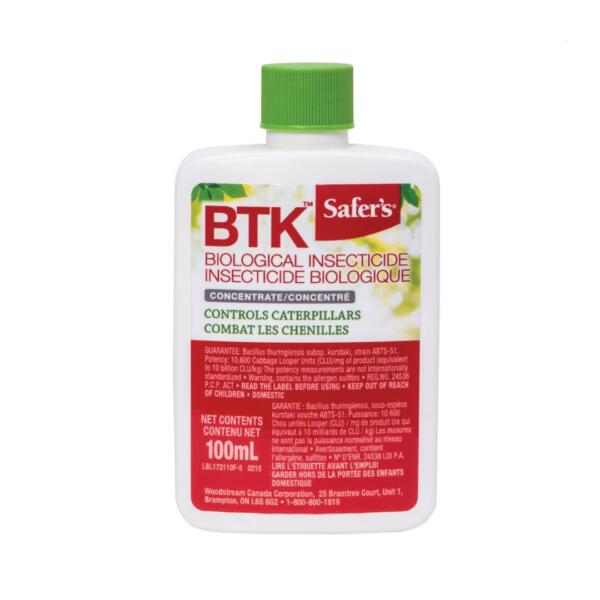
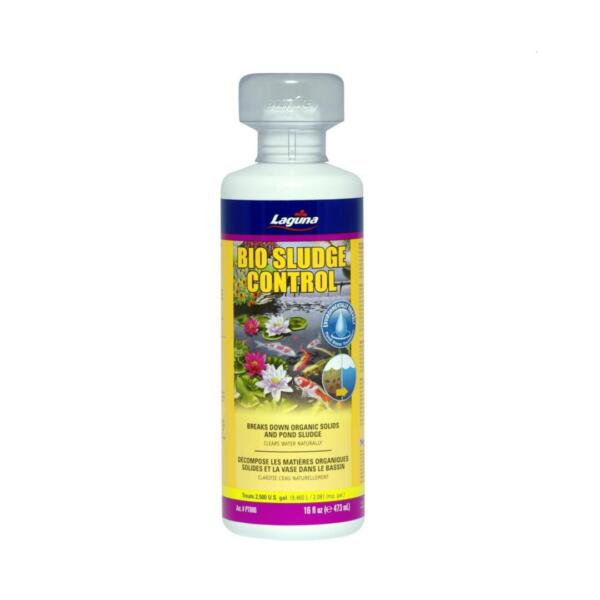
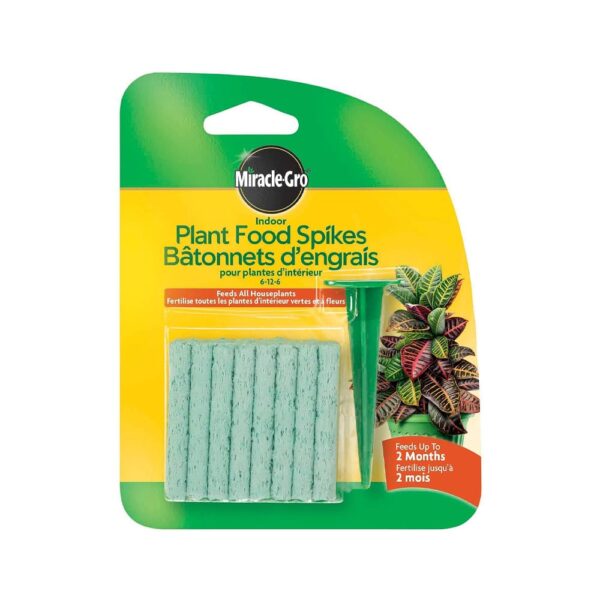
Reviews
There are no reviews yet.